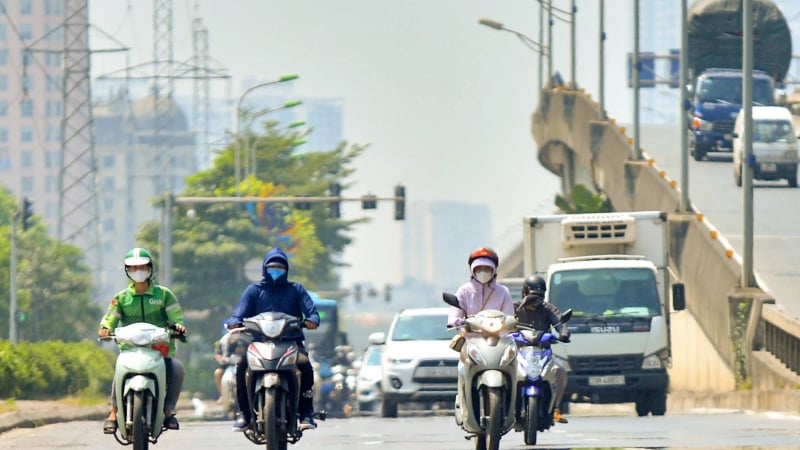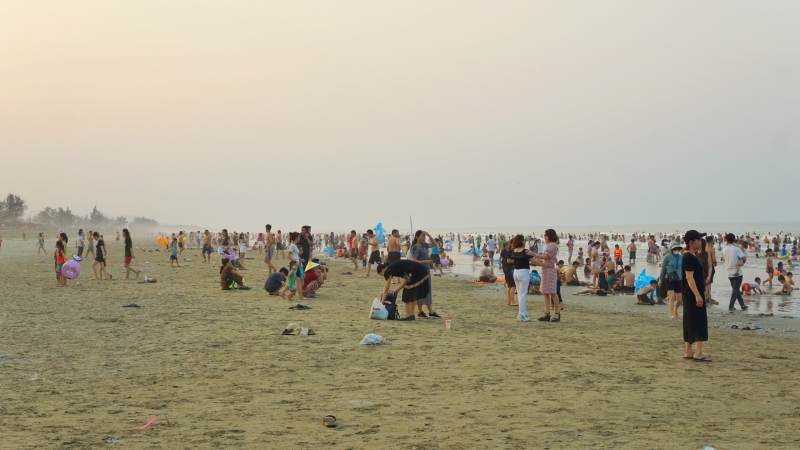Scientists have been warning repeatedly about the link between human-caused climate change and more frequent and severe heatwaves. This year’s El Nino phenomenon has exacerbated the situation, making Asia the worst-affected region with record-high temperatures.
Human emissions of greenhouse gases such as CO2, CH4 and N2O trap heat in the atmosphere, causing the Earth to warm. This leads to higher average temperatures, creating conditions for more frequent and intense heat waves.
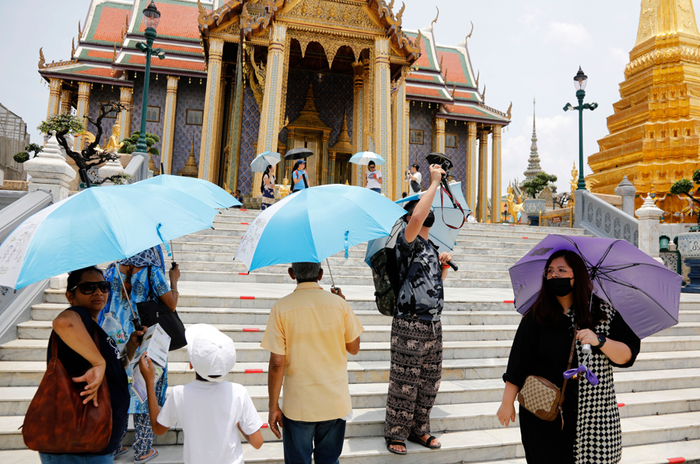
Many tourist destinations in Asia have high temperatures causing difficulties for tourists.
Asia has been warming faster than the global average and remains the world's most disaster-prone region due to hazards such as floods, storms and extreme heat, according to the United Nations agency's State of the Climate in Asia 2024 report.
The closure of Pling Island in Thailand is a prime example of the negative impacts of climate change, especially extreme heat waves, on the tourism industry and marine environment. Heat waves cause sea temperatures to rise, leading to the loss of vibrant colors and possibly death if prolonged. Corals play an important role in the marine ecosystem, providing habitat and food for many marine species. Coral bleaching has a serious impact on biodiversity and marine ecotourism.
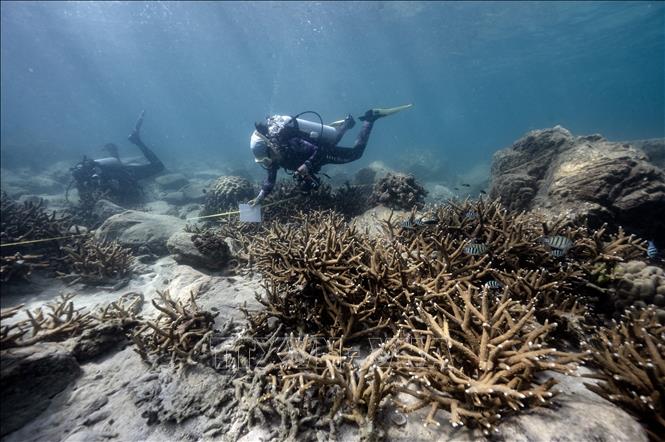
Thailand's Pling Island to close to protect coral
Tourism businesses will be hit by lower visitor numbers and higher costs to address the impacts of climate change. Tourists may be reluctant to visit destinations that are at high risk from climate change, such as droughts, floods, storms or coral bleaching.
The severe heat wave caused by climate change is not only affecting Thailand but also many other countries in the region, including Singapore. According to CAN, Singaporean tourists are increasingly prioritizing air-conditioned dining and shopping spaces to avoid the sweltering heat. Along famous shopping districts such as Orchard, tourists tend to move to more covered areas to protect themselves from the harsh sunlight. Shopping malls equipped with efficient cooling systems attract a large number of visitors and shoppers.
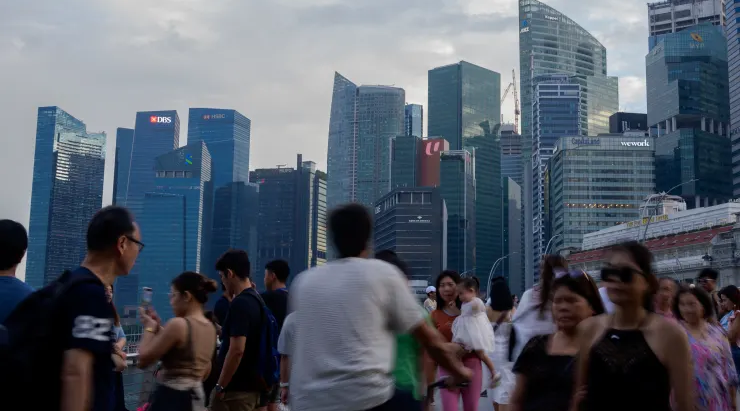
Heat wave could cost Singapore's economy up to $1.64 billion
This trend shows the clear impact of climate change on the tourism industry and tourist behavior. The intense heat makes tourists reluctant to participate in outdoor activities and seek sheltered and air-conditioned places to ensure comfort.
Malaysia is known for its unspoiled natural beauty, but the hot weather in recent months may have made tourists reluctant to participate in outdoor activities. According to the New Straits Times, the Malaysian tourism industry is taking measures to help visitors minimize the impact of the scorching weather, including focusing on promoting indoor attractions and other cool destinations.
The impacts are particularly severe for Asia. The WMO report found the region had the “lowest level” of climate services to inform health decision-makers, suggesting “limited linkages and cooperation between government health and climate agencies”.
Climate change is currently a big challenge but also an opportunity to develop the tourism industry in a more sustainable direction, contributing to protecting the environment and the community.






